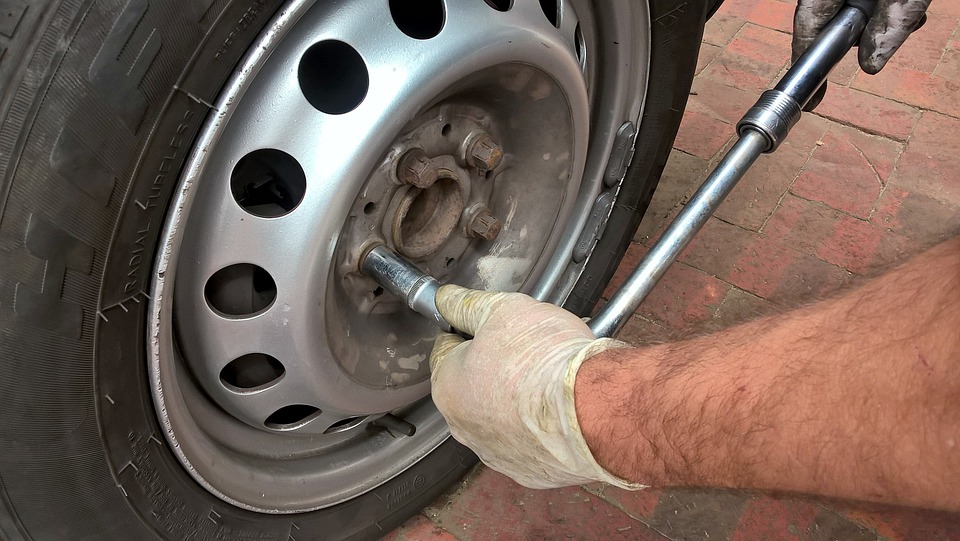Sometimes, even the most meticulous care of your vehicle is just not enough to prevent an unexpected breakdown or other emergency situation.
A flat tire, for instance, is usually something you can’t predict. In this case, having a thoroughly prepared emergency kit might make all the difference. These days, most of us have cell phones, and we often subconsciously rely on it to call for help, especially if you have an auto club service – but what if there is no signal? Hopefully, that won’t be the case, but even in the best circumstances you’ll likely have some time to wait while help is on it’s way. Here are a few pointers on which essential items to keep in your vehicle, so you can be best prepared should an emergency present itself.
While there are a vast number of options to choose from when it comes to ready made kits available at your local department or automotive store, and even more options should you choose to shop online for one, most of those could still use a few additions at best. Creating your own will allow you to tailor it to your specific needs, potentially saving money as well. Whichever option you choose, be sure to include at bare minimum these first 5 things:
- A well rounded first aid kit – This would include band-aids, adhesive tape, gauze pads, antibiotic ointment, ace bandage, tweezers, and aspirin or other pain reliever. In warmer months, bug spray is a helpful addition. If you or anyone who regularly travels with you has specific health concerns, be sure to cover those bases as well.
- Waterproof flashlight, and fresh spare batteries
- Good jumper cables – These should ideally be 12 – 16 ft, in length and of a decent quality.
- Several reflective triangles and/or road flares
- Properly inflated spare tire, jack, and tire iron (and the knowledge to use them) – Keep a tire gauge in your kit and use it monthly to ensure the spare is ready should you need it. If you are the parent of a teen, being sure your child can safely and skillfully change a tire can give you both some peace of mind. A rain poncho and/or small tarp can ease this job some as well.
For a flat tire or dead battery, the short list above would be sufficient in most cases, but if you are comfortable and able you should also consider including some additional items in case a more serious problem occurs.
- Fire extinguisher – This should be rated for Class B ( fires involving flammable or combustible materials) and Class C (fires involving electrical equipment)
- Pocket knife or multipurpose tool
- Work gloves and rags
- Roll of duct tape
- Simple tools – common items such as a small wrench and socket set, a few screwdrivers, a hammer and some pliers, for example
- Spare fuses
Finally, every vehicle should have some basic survival items in case the worst should happen. If you are stranded or injured, being prepared while you wait for help will greatly increase your chances for a positive outcome. Some key items to consider:
- Warm blanket – A couple of space blankets will save space and do the job as well
- Bottled drinking water
- Non-perishable snacks, such as protein bars
- A change of clothing – or at least a sweatshirt, warm hat, and dry socks
- In colder seasons – a folding snow shovel and ice scraper, and a bag of cat litter to add traction
- For drivers with kids – spare diapers and wipes and emergency entertainment like coloring books and crayons or playing cards are handy
- For drivers with pets – a couple cans of food or treats and pet dishes
Hopefully, you’ll never need to use most of the items listed here, but having a good emergency kit will allow you to be ready for whatever curves the road may throw at you, and that assurance is worth the effort.

